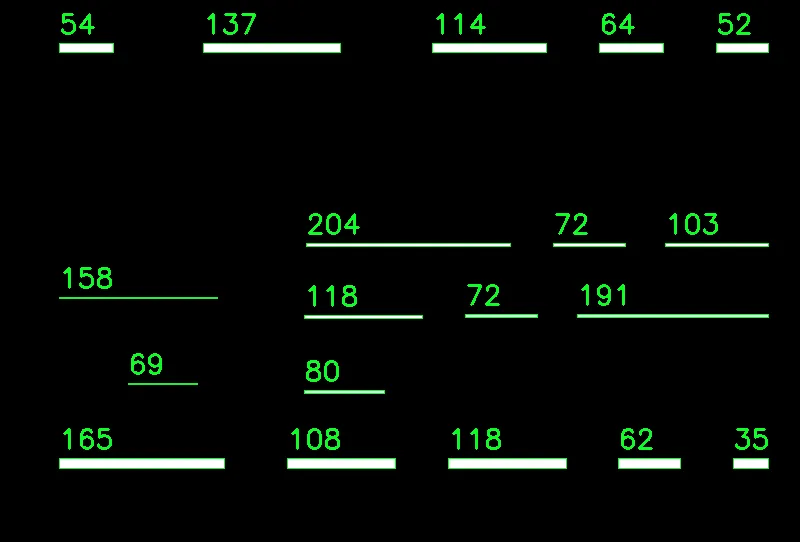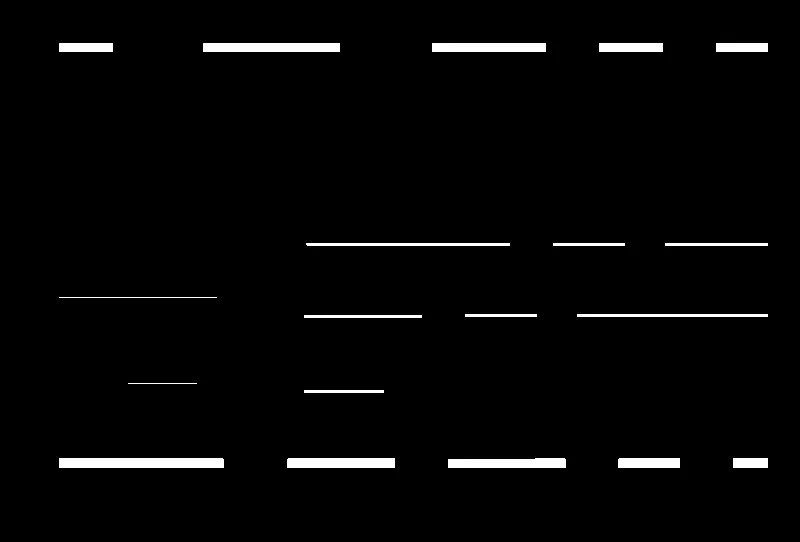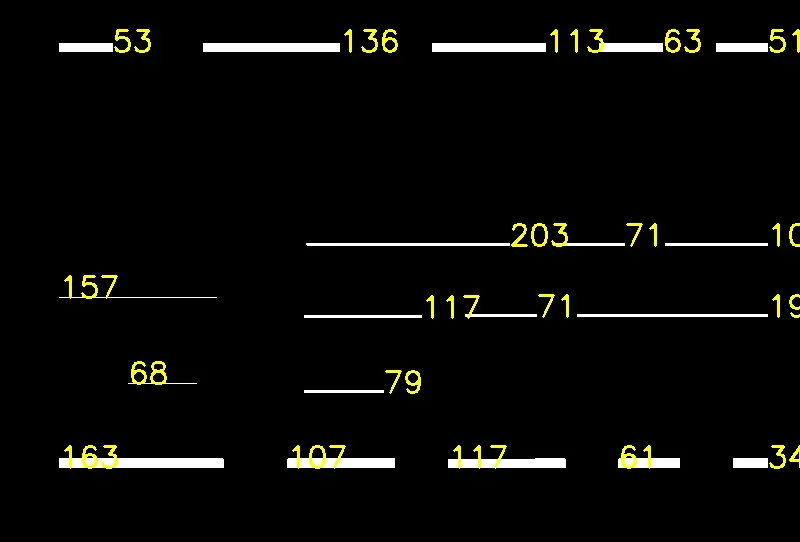
如何使用OpenCV在图像上找到每个单独轮廓的高度和宽度
10
- user1027130
3个回答
10
要获取轮廓的高度和宽度,您可以使用
cv2.boundingRect。该函数以x,y,w,h的形式返回轮廓信息。特定轮廓的高度将为h,宽度将为w。下面是在图像上绘制以像素为单位的w的结果。
import cv2
# Load image, convert to grayscale, Otsu's threshold
image = cv2.imread('1.jpg')
gray = cv2.cvtColor(image,cv2.COLOR_BGR2GRAY)
thresh = cv2.threshold(gray, 0, 255, cv2.THRESH_BINARY + cv2.THRESH_OTSU)[1]
# Find contours, obtain bounding rect, and draw width
cnts = cv2.findContours(thresh, cv2.RETR_EXTERNAL, cv2.CHAIN_APPROX_SIMPLE)
cnts = cnts[0] if len(cnts) == 2 else cnts[1]
for c in cnts:
x,y,w,h = cv2.boundingRect(c)
cv2.putText(image, str(w), (x,y - 10), cv2.FONT_HERSHEY_SIMPLEX, 0.9, (36,255,12), 2)
cv2.rectangle(image, (x, y), (x + w, y + h), (36,255,12), 1)
cv2.imshow('image', image)
cv2.waitKey()
- nathancy
2
My approach is using minAreaRect:
#include "opencv2/highgui/highgui.hpp"
#include "opencv2/imgproc/imgproc.hpp"
#include <iostream>
#include <stdio.h>
#include <stdlib.h>
using namespace cv;
using namespace std;
int main()
{
Mat src; Mat src_gray;
int thresh = 100;
RNG rng(12345);
/// Load source image and convert it to gray
src = imread( "/ur/img/directory/image.jpg", 1 );
Mat original = src.clone();
/// Convert image to gray and blur it
cvtColor( src, src_gray, CV_BGR2GRAY );
Mat threshold_output;
vector<vector<Point> > contours;
vector<Vec4i> hierarchy;
/// Detect edges using Threshold
threshold( src_gray, threshold_output, thresh, 255, THRESH_BINARY );
/// Find contours
findContours( threshold_output, contours, hierarchy, CV_RETR_TREE, CV_CHAIN_APPROX_SIMPLE, Point(0, 0) );
/// Find the rotated rectangles for each contour
vector<RotatedRect> minRect( contours.size() );
for( int i = 0; i < contours.size(); i++ )
minRect[i] = minAreaRect( Mat(contours[i]) );
/// Draw contours + rotated rects
Mat drawing = Mat::zeros( threshold_output.size(), CV_8UC3 );
Mat result_zero = Mat::zeros( threshold_output.size(), CV_8UC3 );
for( int i = 0; i< contours.size(); i++ )
{
Scalar color = Scalar( rng.uniform(0, 255), rng.uniform(0,255), rng.uniform(0,255) );
// detect contours
drawContours( drawing, contours, i, color, 1, 8, vector<Vec4i>(), 0, Point() );
// detect rectangle for each contour
Point2f rect_points[4]; minRect[i].points( rect_points );
double length_1 = cv::norm(cv::Mat(rect_points[0]),cv::Mat(rect_points[1]));
double length_2 = cv::norm(cv::Mat(rect_points[1]),cv::Mat(rect_points[2]));
for( int j = 0; j < 4; j++ )
{
int temp1 = (int)length_1;
int temp2 = (int)length_2;
if(length_1>length_2)
putText(original,to_string(temp1),rect_points[0],FONT_HERSHEY_SIMPLEX,1.0,Scalar(0,255,255),2);
else
putText(original,to_string(temp2),rect_points[0],FONT_HERSHEY_SIMPLEX,1.0,Scalar(0,255,255),2);
line( result_zero, rect_points[j], rect_points[(j+1)%4], color, 1, 8 );
}
}
/// Show in windows
imshow("First",original);
imshow( "Contours", drawing );
waitKey(0);
return(0);
}
源图像:
每行检测到的矩形:
每行的像素长度:
- Yunus Temurlenk
2
1很棒的解决方案!但是下次怎么样考虑使用Python呢,因为它更容易进行测试。大多数人可能没有设置C++环境! - Raviteja Narra
1将其转换成Python并不困难。没有什么难度可以转换它。我的环境是基于C ++的,这就是为什么我用C ++回答的原因。 - Yunus Temurlenk
0
std::vector<std::vector<cv::Point2i>> vecContours;
cv::Mat mat = cv::imread("[path to image]", cv::IMREAD_GRAYSCALE);
cv::threshold(mat, mat, 200, 255, cv::THRESH_BINARY);
cv::findContours(mat, vecContours, cv::RetrievalModes::RETR_EXTERNAL, cv::CHAIN_APPROX_NONE);
float inchPerPixel = 30.5f / mat.cols;
for (const std::vector<cv::Point2i>& vecContour : vecContours) {
cv::Rect2i contourRect = cv::boundingRect(vecContour);
printf("Contour width pixels : %d, width inches %f\n", contourRect.width, inchPerPixel*contourRect.width);
}
您可以通过以下方式实现:
- 使用阈值方法创建二进制图像
- 使用findContours方法查找图像中矩形的轮廓
- 使用boundingRect方法获取矩形轮廓的大小
- 将轮廓的宽度乘以计算出的每像素英寸因子
- Black0ut
网页内容由stack overflow 提供, 点击上面的可以查看英文原文,
原文链接
原文链接



